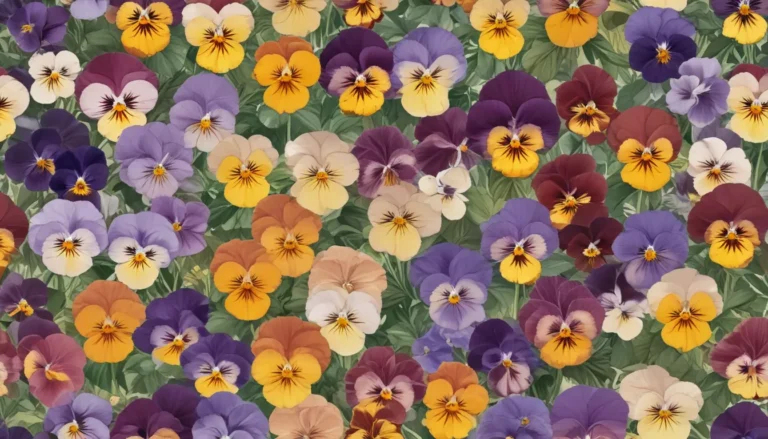A Comprehensive Guide to Harvesting Corn

Corn is a versatile and nutritious crop that holds a special place in many gardens. Whether you’re growing sweet corn for roasting or popcorn for popping, knowing when and how to harvest your maize is essential. In this article, we’ll explore the various types of corn and the best practices for harvesting based on different varieties.
Types of Corn
Before diving into the harvesting process, it’s crucial to understand the different types of corn that you might be cultivating in your garden:
-
Dent Corn: Typically used for feeding livestock or milling as grain.
-
Sweet Corn: Enjoyed fresh as a vegetable, canned, or frozen.
-
Flint Corn: Also known as Indian corn, comes in various colors and is used as animal feed or to make cornmeal.
-
Flour Corn: Primarily used for making corn flour.
-
Popcorn: Specifically bred to pop when dried and heated.
Each type of corn has its unique characteristics and uses, but the harvesting methods remain consistent regardless of the variety.
When to Harvest Corn
Corn harvesting is primarily divided into two stages: milk stage and dry harvesting.
Milk Stage Harvesting
If you’re aiming for sweet and crunchy corn on the cob, you’ll want to harvest at the milk stage. This is the ideal time for varieties like sweet and dent corn. Here’s how to determine if your corn is ready for harvest:
-
Check for firmness: Ears should feel full and firm when gently squeezed.
-
Look at the color: Green cobs with dried-out brown silks indicate readiness.
-
Test the kernels: If you see milky sap when gently pressing a kernel, it’s time to harvest.
Once you’ve confirmed that your corn is ready, gently twist or bend the ear downward until it breaks off from the stalk. For the best flavor, it’s recommended to consume or preserve sweet corn within six hours of harvesting. Options for preservation include blanching and freezing or pressure canning the kernels.
Dry Harvesting
For varieties like popcorn, flint, flour, and dent corn, harvesting at the dry stage is preferred. At this stage, the kernels should feel rock-hard, and the husks, silks, and tassels will be brown. To ensure that your popcorn is ready for harvest, you can conduct a moisture test by popping a few kernels. Once the kernels are crisp and light, it’s time to harvest and store them appropriately for use in airtight containers.
Processing Corn After Harvest
After harvesting, there are numerous ways to process and utilize your corn yield. Some popular methods include:
-
Popcorn: Store in airtight containers for up to two years in a cool, dry place.
-
Cornmeal: Grind into cornmeal using a blender or food processor and store in the freezer, fridge, or pantry as per preference.
Creative Ways to Enjoy Homegrown Corn
With your freshly harvested corn, there’s an endless array of culinary possibilities to explore. From grilled corn to cornmeal cookies, let your creativity guide you in incorporating homegrown corn into your meals. Experiment with different recipes and savor the wholesome goodness that fresh corn brings to your table.
In conclusion, growing and harvesting corn is a rewarding experience that offers nutritional benefits and culinary delights. Embrace the process, experiment with various varieties, and enjoy the fruits of your labor. Share your favorite corn recipes in the comments below and continue exploring the world of corn cultivation in your garden.
For more insights on growing and cultivating corn, check out our related articles on companion planting, hand pollination, and troubleshooting common issues with corn seedlings. Happy harvesting!
Remember to explore different ways to enjoy your freshly harvested corn and share your creative recipes in the comments below. Discover more about corn cultivation and enhance your gardening skills with our informative articles. Happy harvesting!





